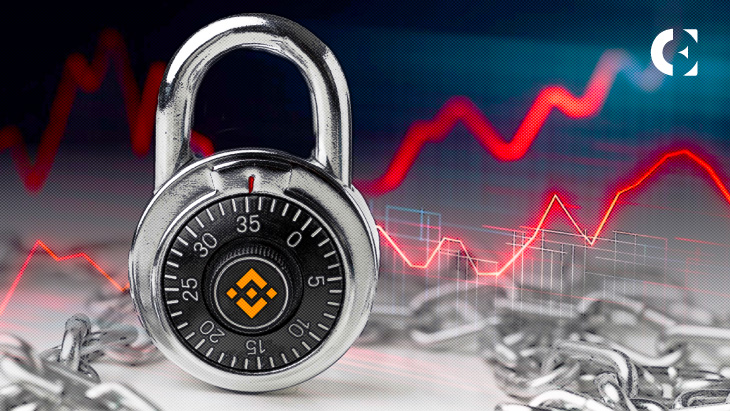- Changpeng Zhao warned about a new scam that took place, which could have created a loss of $20 million.
- Zhao mentioned that the scammers were able to generate addresses with the same starting and ending letters of the wallet address.
- It was noticed that the reason why users would fall for these scams is because they would ignore checking the middle part of the wallet address.
After another close-call incident, it has been observed that bad actors, once again, found a new way to scam users. After arriving at the crime scene, the CEO of Binance Changpeng Zhao swiftly rushed to Twitter and warned the crypto community yesterday about one such scam, which could have created a loss of $20 million.
However, in this phishing attack scenario, it was reported that the operator, luckily, managed to notice the error and make the right decision before the funds could have been lost.
Breaking down this “unsuccessful” heist, Zhao mentioned that the scammers initially generate addresses with the same starting and ending letters. He further noticed that many users would fall for this trick because the users would only check for the first and last characters instead of checking the middle part of the wallet address. In fact, many wallets hide the middle part of the address with ellipses.
Explaining how these scammers would begin the second stage of their fraudulent attacks, Zhao stated, “The scammer then uses this address to send you dust transactions so that the address is shown in your wallet.”
Now, if you want to send to the legitimate address, you might just pick one previous transactions in your wallet and copy the address. You might just copy the wrong one. This is what happened yesterday, to a very experienced crypto operator.
The operator under the pseudonym “H高兴” shared the normal receiving address and the phishing address, which were different from each other. Finally, the operator also stated that Tether has added the scammer’s address to the blacklist.
The operator, who experienced this recent hidden attack, immediately tagged Zhao and other Binance officials after it was noticed that the phishing address was “100% Binance’s internal transfer address.”
On the other hand, the CEO of Binance explained that the request to freeze the USDT was made and it will take some process, including filing a police report, to reclaim the funds back.
Several crypto members commented that they had fallen for this attack before, which could have caused losses for them. Furthermore, one user said he used to only check the first three and the last three characters of the wallet address. To which Zhao responded, “And That no longer works.” Moreover, it is clear that users need to carefully check the wallet addresses before conducting a transaction to prevent falling for these venomous phishing attacks.
Disclaimer: The information presented in this article is for informational and educational purposes only. The article does not constitute financial advice or advice of any kind. Coin Edition is not responsible for any losses incurred as a result of the utilization of content, products, or services mentioned. Readers are advised to exercise caution before taking any action related to the company.







